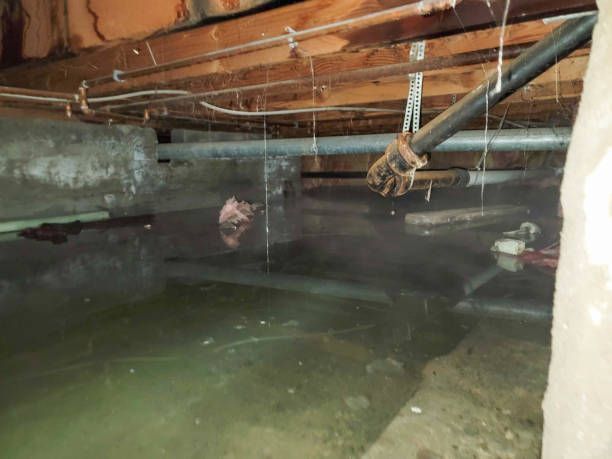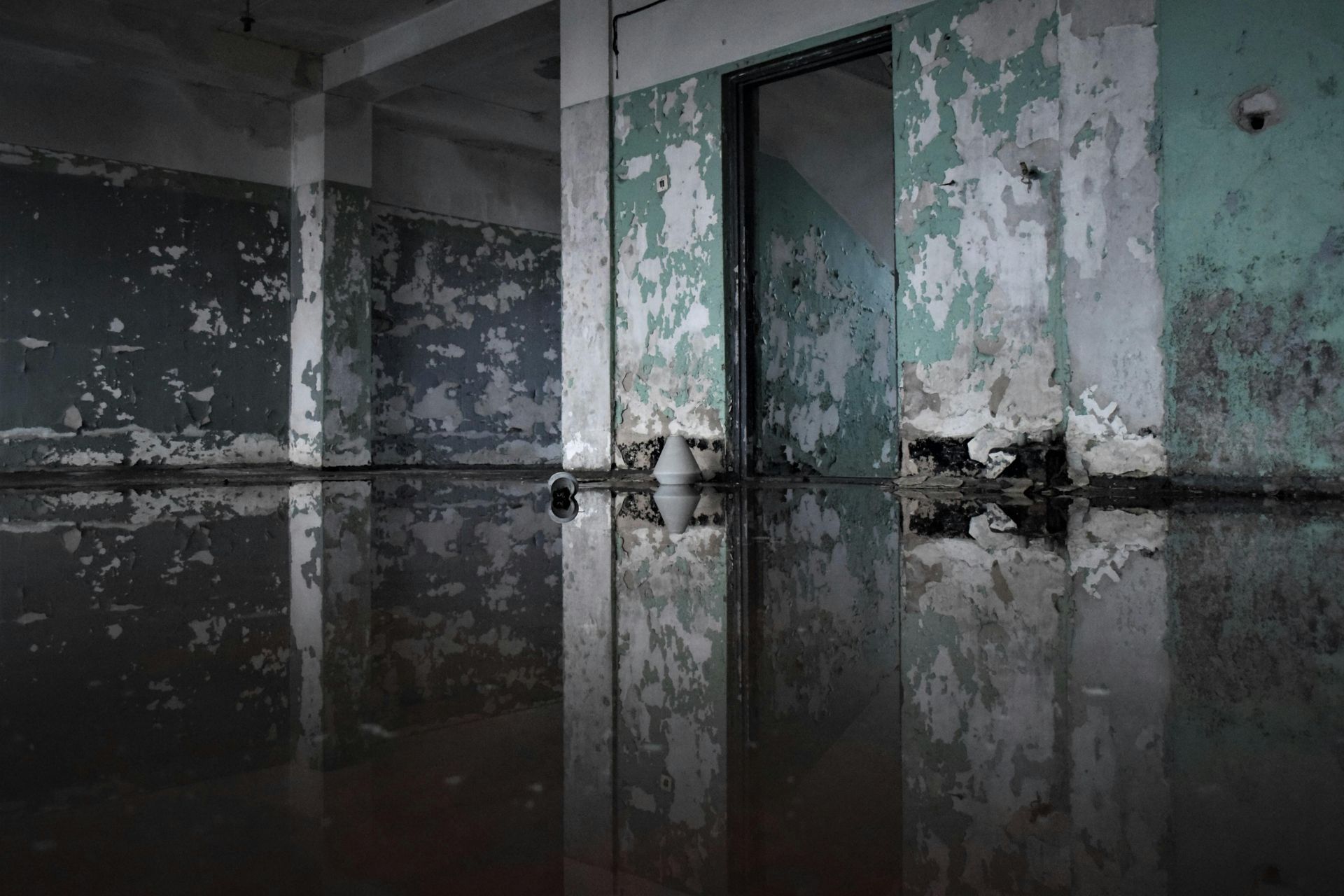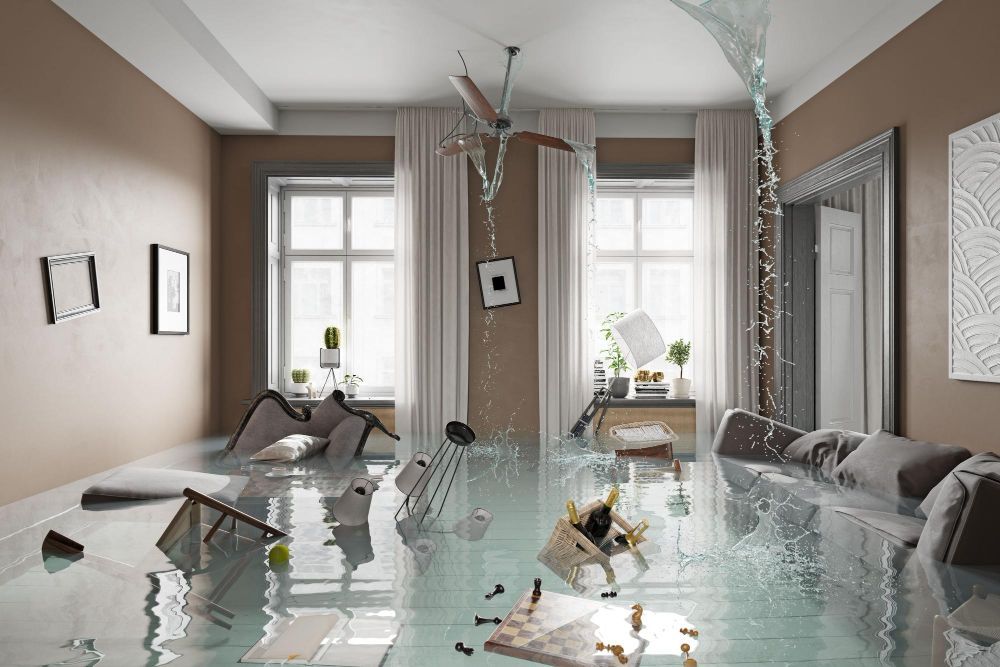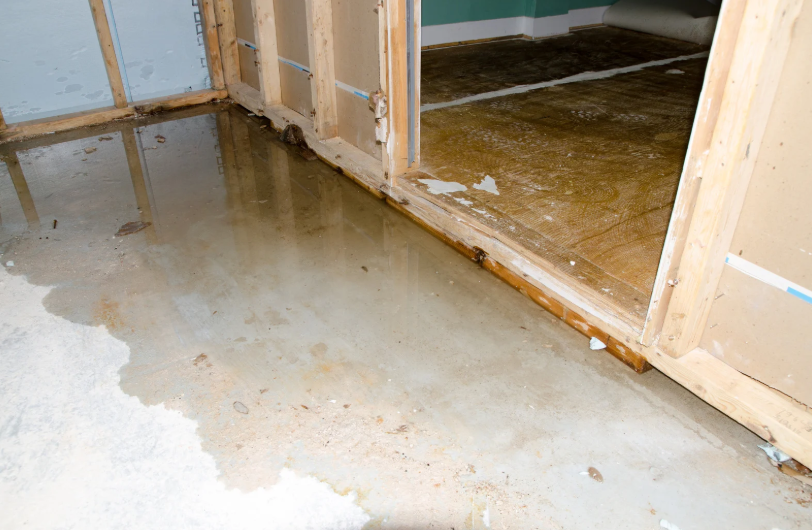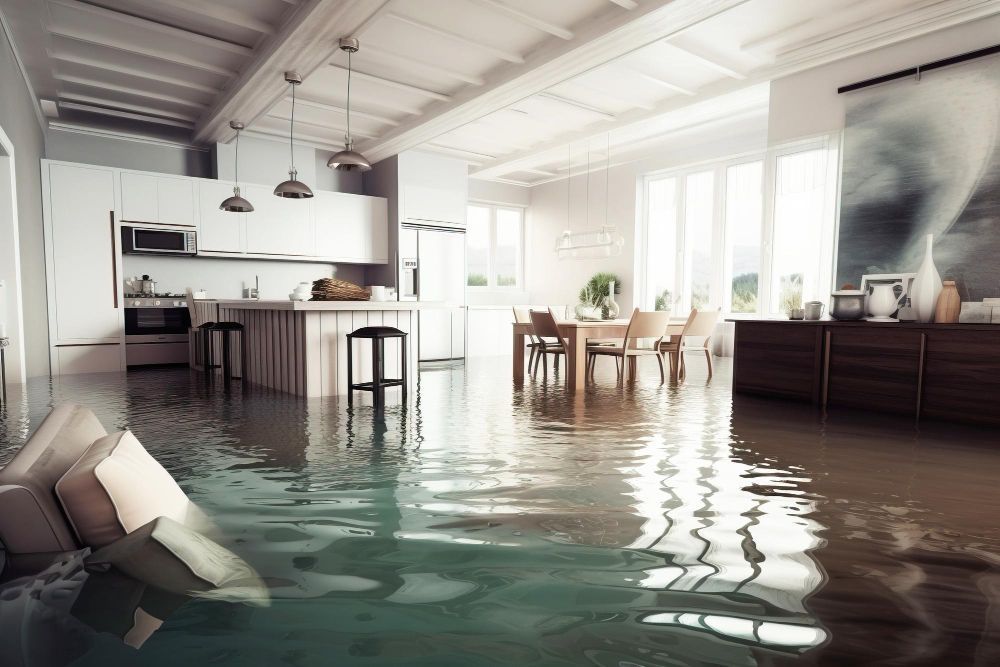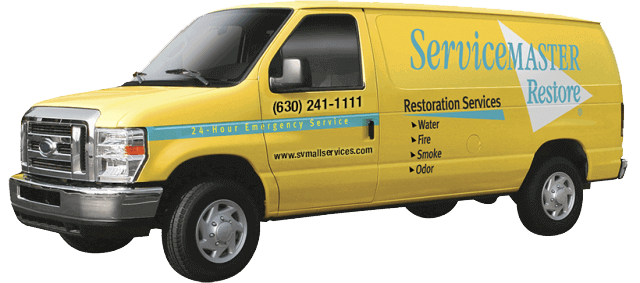Residential Water Damage Risks Every Homeowner Should Know
Residential water damage is one of the most common yet often overlooked risks homeowners face. It can occur unexpectedly, often caused by factors such as faulty plumbing, roof leaks, or severe weather conditions. Ignoring the signs or delaying repairs can lead to significant damage, compromising the structural integrity of your home and leading to costly repairs. Beyond the visible damage, residential water damage can cause hidden issues like mold growth, electrical hazards, and compromised insulation, all of which affect the safety and comfort of your living space. Understanding the risks associated with water damage and taking proactive steps to protect your home can save you from long-term damage and hefty repair costs. Knowing these risks is essential for any homeowner looking to safeguard their property.
Common Causes of Residential Water Damage
Residential water damage can occur due to various reasons, from broken pipes and leaking roofs to faulty appliances or clogged drains. A common cause is water infiltration from severe weather, such as heavy rainfall or snowmelt. Understanding the primary causes helps homeowners identify potential risks early and take preventive measures to protect their homes.
- Leaking Pipes: Leaking pipes, especially in hidden areas like walls or under floors, can lead to significant water damage before it’s noticed. Over time, even small leaks can cause wood rot, mold growth, and deterioration of building materials. In older homes, pipes made of galvanized steel or cast iron are more prone to leaks, which can be costly if left untreated.
- Roof Leaks: Roof leaks are a common source of water damage, particularly in areas with frequent rain or snow. Damaged shingles, worn-out seals, or compromised flashing can allow water to seep through, causing damage to insulation, ceiling structures, and walls. If left untreated, roof leaks can lead to mold, mildew, and significant structural damage over time.
- Faulty Appliances: Household appliances like washing machines, dishwashers, and refrigerators with water lines can develop leaks or fail, causing water to pool onto floors or seep into cabinetry and subflooring. These leaks may go unnoticed for extended periods, causing damage to floors, cabinets, and even the home’s foundation. Appliances that are improperly maintained are at a higher risk for malfunctions.
- Poor Drainage: Poor drainage around a home’s foundation can lead to water pooling around the exterior walls, eventually finding its way into the basement or lower levels. Clogged gutters, improperly sloped landscapes, or cracks in the foundation can exacerbate this issue, leading to leaks and water infiltration. Over time, this constant exposure to water can cause mold growth, foundation problems, and structural weakening.
- Severe Weather: Heavy rain, snowstorms, hurricanes, or floods can overwhelm drainage systems, causing water to back up and flood areas inside and outside the home. Severe weather events can result in roof damage, water intrusion through windows and doors, and foundation cracks that allow moisture to seep into living spaces. Homes in flood-prone areas are especially vulnerable to the damaging effects of severe weather.

How Water Damage Can Compromise Structural Integrity
When water seeps into a home’s foundation, walls, or floors, it can weaken the structural integrity of the building. Prolonged exposure to moisture can cause wood to rot, steel to corrode, and concrete to crack. This compromises the foundation and support beams, posing safety risks and requiring costly repairs.
The Hidden Dangers of Mold Growth After Water Damage
Mold thrives in moist environments, making homes affected by water damage highly susceptible to mold growth. Mold can spread quickly, compromising the indoor air quality and leading to health issues such as respiratory problems and allergies. Even hidden mold growth within walls or under flooring can cause significant long-term damage if left untreated.
Electrical Hazards Linked to Residential Water Damage
Water and electricity don’t mix, and water damage can create serious electrical hazards. If water comes into contact with electrical wiring, outlets, or appliances, it can lead to short circuits, fires, or electrocution. Electrical systems should be inspected by professionals after water damage to ensure they are safe and operational.
The Impact of Water Damage on Home Insulation
Water damage can render insulation ineffective, causing it to lose its ability to regulate temperature. Wet insulation materials, like fiberglass or cellulose, may become soggy and compressed, reducing their thermal efficiency. Damaged insulation also encourages mold growth and can increase energy bills, leading to higher maintenance costs for homeowners.
- Reduced Insulation Efficiency: Insulation's primary function is to regulate temperature by trapping air and preventing heat transfer. When it becomes wet, its structure breaks down, and its ability to resist heat flow is diminished. This loss of efficiency forces your HVAC systems to work harder to maintain comfort, leading to a noticeable increase in energy bills over time.
- Mold Growth: Moist environments created by water-damaged insulation are a breeding ground for mold and mildew. These fungi thrive in wet conditions and can spread rapidly, infesting not just the insulation but also walls, ceilings, and flooring. Mold growth compromises both the insulation’s effectiveness and your home’s air quality, creating health risks like respiratory issues, allergies, and asthma.
- Deterioration of Materials: Different insulation materials react to water in various ways, but all can be negatively affected. Fiberglass may become soggy and lose its ability to trap air, while cellulose may absorb moisture and break down, losing its structure. Foam insulation may swell or soften, and all types will lose their ability to provide thermal resistance, necessitating costly replacements.
- Increased Energy Costs: Without proper insulation, your home’s heating and cooling systems must work harder to regulate indoor temperatures. This not only leads to discomfort but also results in significantly higher energy bills. As wet insulation loses its effectiveness, you might notice your home feels drafty or too hot, prompting your HVAC systems to run longer and more often, increasing your energy consumption.
- Compromised Indoor Air Quality: Water-damaged insulation often leads to musty smells and airborne contaminants, which can reduce the overall quality of indoor air. As mold and mildew develop, they can release harmful spores into the air, circulating throughout the home. These spores may trigger allergic reactions, respiratory issues, and even infections, especially in those with compromised immune systems.
Financial Consequences of Neglecting Water Damage Repairs
Neglecting to address water damage promptly can lead to extensive and expensive repairs. The longer the damage goes untreated, the more severe the consequences. Homeowners may face skyrocketing repair costs to fix structural damage, mold removal, and insulation replacement. Additionally, water damage can decrease a home’s resale value, making it a costly issue to overlook.
How Severe Weather Increases the Risk of Water Damage
Severe weather, such as hurricanes, heavy rain, or snowstorms, can overwhelm drainage systems and lead to flooding in residential areas. Wind-driven rain can also penetrate roofs and windows, causing leaks. Homes in regions prone to severe weather events are particularly vulnerable to water damage and should have reinforced systems to mitigate potential risks.
Conclusion
Understanding the risks of residential water damage is essential for every homeowner to protect their property and ensure the safety of their living environment. From compromising structural integrity to fostering mold growth and electrical hazards, water damage can have far-reaching consequences. Timely intervention can prevent expensive repairs and long-term health issues.
For homeowners in Lisle, ServiceMaster Restoration Services provides expert water damage restoration services. Our team is equipped to handle all aspects of water damage, ensuring your home remains safe, dry, and protected from future issues. Let us help you safeguard your property today.



